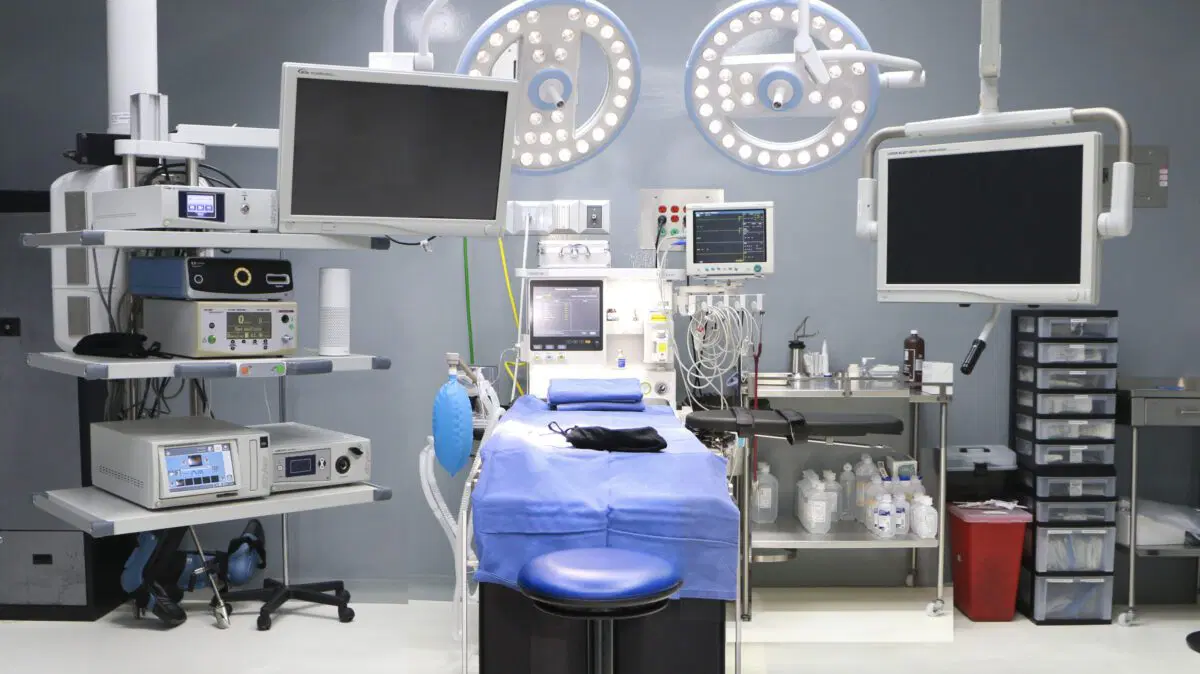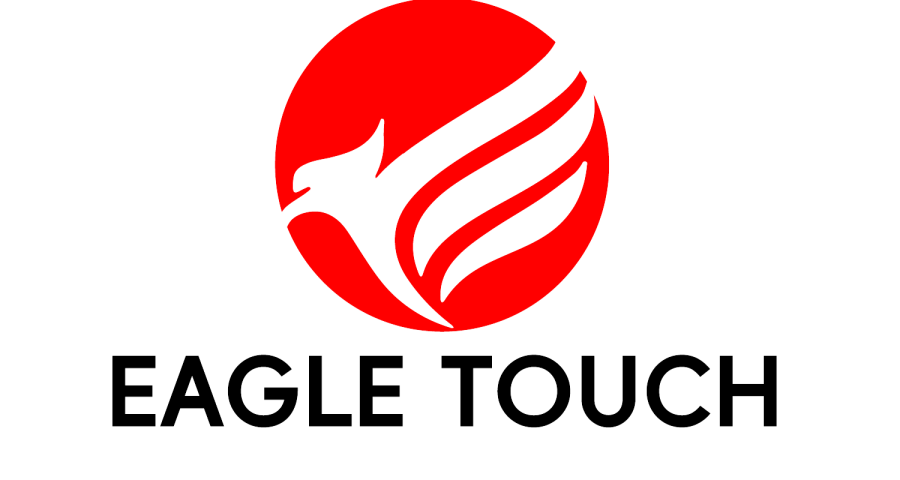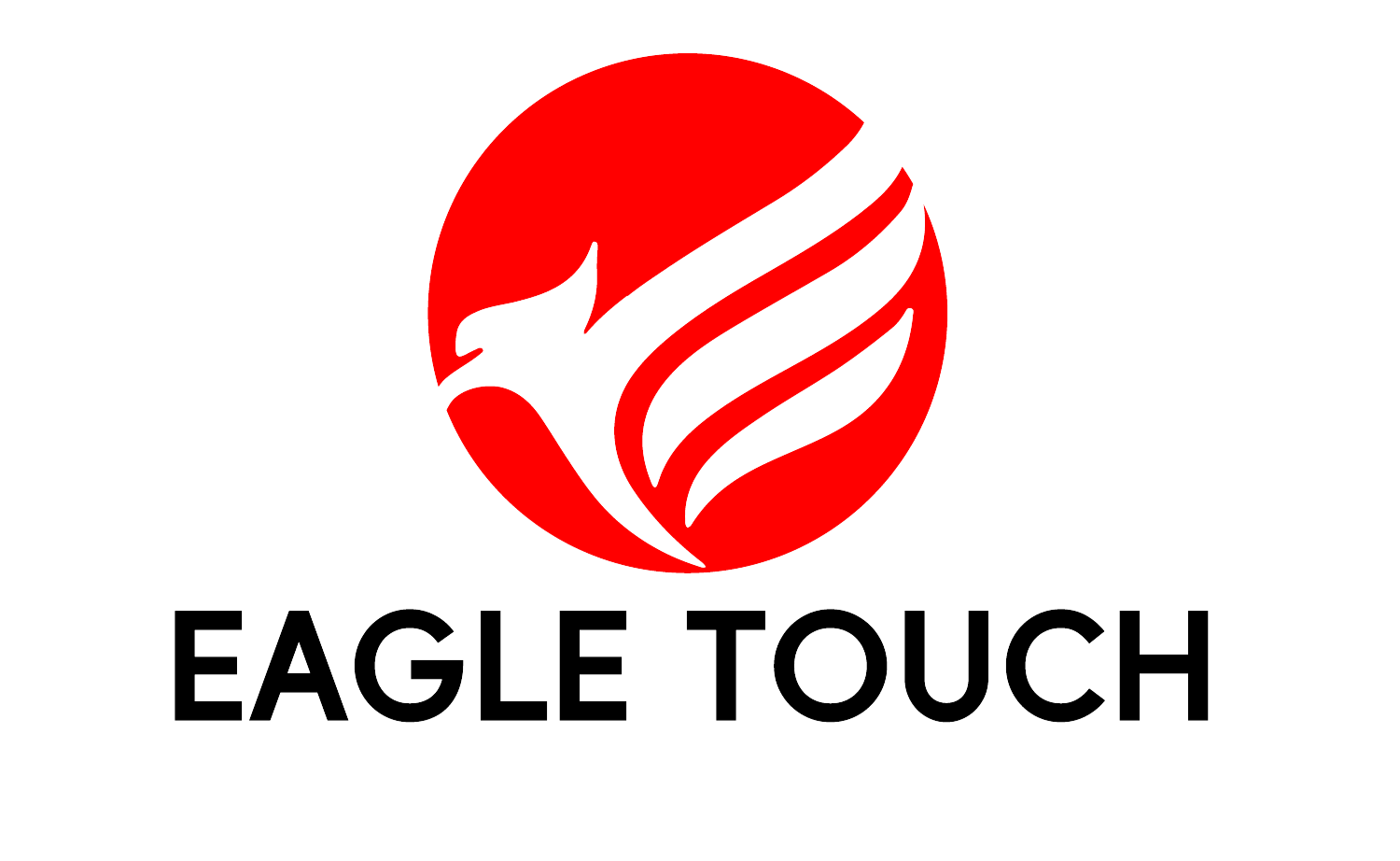
Introduction
The integration of touchscreen technology in medical equipment is more than a convenience; it’s a strategic enhancement to healthcare delivery. This blog explores the intricate technical aspects of touchscreen technology, offering insights for medical equipment manufacturers on selecting the most suitable touchscreen solutions.
Understanding Touchscreen Technology: Types and Principles
Touchscreen technology is a broad field with several types, each with unique properties. The two primary types used in medical environments are resistive and capacitive touchscreens.
- Resistive Touchscreens: These are composed of several layers, including two conductive ones separated by a small gap. When touched, the layers connect, registering the point of contact. They are highly durable and can be operated with gloves, styluses, or bare fingers, making them suitable for various medical applications.
- Capacitive Touchscreens: These screens, popular in consumer electronics, use the electrical properties of the human body for input. They offer higher clarity and sensitivity but may require bare-finger or capacitive stylus operation. They’re ideal for applications requiring high precision and clarity, such as diagnostic imaging.
Technical Considerations for Medical Equipment Manufacturers
When choosing a touchscreen for medical equipment, it’s important to consider several technical aspects that ensure the device is both effective and reliable in a medical setting:
- Sensitivity and Accuracy: For diagnostic tools, the screen must be highly sensitive and accurate. This means choosing touchscreens with high resolution to detect even the slightest touch, crucial for precise diagnostics and patient monitoring.
- Durability and Reliability: Medical devices are used frequently and intensively. It’s important to select screens that are built to last, can endure constant handling, and resist common wear and tear. This includes being robust against scratches and impacts.
- Electromagnetic Interference (EMI) Resistance: Hospitals and clinics are filled with various electronic devices, creating a high EMI environment. Touchscreens should be designed to work without errors or disruptions caused by EMI, ensuring consistent performance.
- Glove Compatibility: Medical professionals often operate equipment while wearing gloves. Therefore, it’s essential that the touchscreen is responsive even when used with different types of gloves, including latex or nitrile.
- Hygiene and Cleaning: In medical settings, hygiene is paramount. Touchscreens should be made from materials that are easy to clean and disinfect regularly without losing their clarity or functionality. This includes being resistant to harsh cleaning agents often used in healthcare environments.
In summary, when selecting a touchscreen for medical equipment, manufacturers must prioritize features that cater to the unique demands of healthcare settings, ensuring that the technology is both user-friendly and suitable for the rigorous conditions of medical use.

Advantages and Challenges of Touchscreens in Medical Devices
Advantages in Medical Devices
Touchscreens offer significant benefits in healthcare equipment:
- Enhanced User Interface: Touchscreens provide an intuitive and user-friendly interface, crucial in medical settings where time is of the essence. This ease of use allows for quicker adaptation by staff, reducing training time and minimizing errors.
- Quick Data Entry and Retrieval: These screens enable faster input and access to patient data, streamlining workflow. This efficiency is particularly important in emergency situations where every second counts, allowing healthcare professionals to devote more time and attention to patient care.
Challenges and Solutions in Medical Settings
Despite their advantages, touchscreens face unique challenges in medical environments:
- Harsh Cleaning Protocols: Given the need for stringent hygiene in medical settings, touchscreens must be built to withstand frequent cleaning with potent disinfectants. Manufacturers are now focusing on developing screens with special coatings that resist chemical damage while maintaining touchscreen sensitivity.
- Varied Operating Conditions: Medical devices often operate in diverse environments, from cold operating rooms to humid wards. It’s vital to choose touchscreens that can function reliably across different temperature ranges and humidity levels, ensuring consistent performance regardless of the setting.
Maintenance and Care of Medical Touchscreens
Effective maintenance is crucial for the durability and functionality of medical touchscreens:
- Established Cleaning Protocols: It’s vital to implement consistent cleaning routines that meet strict hygiene standards, using appropriate cleaning agents that won’t damage the touchscreen’s surface.
- Routine Accuracy Checks: Regular testing for responsiveness and accuracy is essential to ensure that the touchscreens continue to function correctly, supporting the demands of medical care.
Real-World Examples and Case Studies
Touchscreen technology is not just a theoretical advancement; its practical applications in healthcare are profound and diverse:
- Interactive Patient Monitors: In many modern hospitals, touchscreen-based patient monitors have become the norm. These devices provide real-time data on patient vitals like heart rate, blood pressure, and oxygen saturation directly at the bedside. This immediacy of information enables quicker response times from medical staff, leading to more effective patient care.
- Portable Diagnostic Devices: The advent of portable touchscreen diagnostic devices has been a game-changer, especially in remote or field medicine. Devices like portable ultrasound machines with touchscreen interfaces have made it possible to conduct critical diagnostic tests on-site, even in rural or underserved areas. This accessibility has drastically improved patient outcomes where traditional medical infrastructure is lacking.
- Surgical Navigation Systems: In operating rooms, surgeons now use touchscreen technology for surgical navigation, allowing for more precise and minimally invasive procedures. These systems provide real-time imagery and data, improving surgical accuracy and reducing risks.
- Rehabilitation Tools: Touchscreen devices are also instrumental in rehabilitation. Touch-based games and activities on tablets and specialized equipment help patients regain motor skills and cognitive functions more engagingly and effectively.
Conclusion
As we witness continual advancements in touchscreen technology, its role in medical equipment is becoming more central and impactful. For manufacturers, the challenge lies in carefully selecting touchscreens that not only meet technical needs but also adapt seamlessly to the unique conditions of healthcare environments. The future of medical technology is deeply connected with the evolution of touchscreen interfaces, promising a landscape of more efficient, precise, and user-friendly healthcare solutions.





